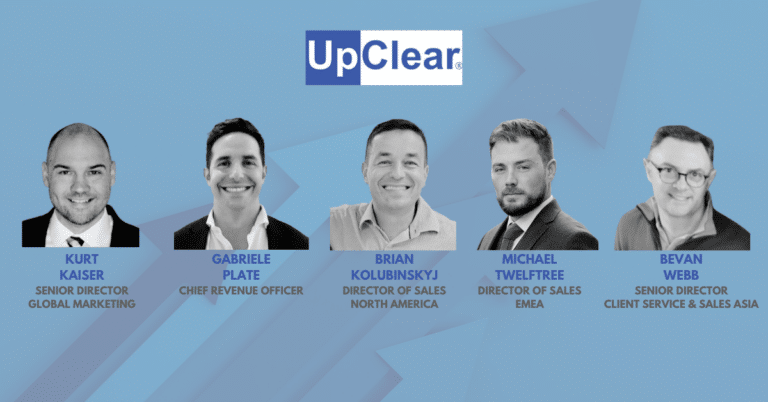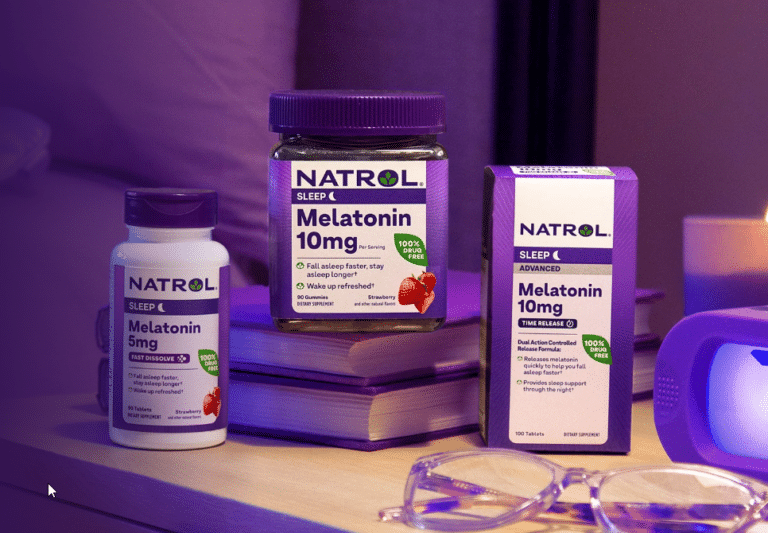
Kodiak Cakes Selects BluePlanner TPM
Kodiak Cakes, maker of whole grain and protein-packed breakfasts and snacks, has select...

In the first post of this two-parter, we looked at the reporting lines and a framework Framework needed to give an RGM team “Weight” . Here, we will look at the role an RGM team has in creating a value-based organization and how they can become the “Oil” between the commercial functions.
It’s Tuesday afternoon and the Account Manager’s phone shows the name of their buyer, who says, after pleasantries; “Have I got an opportunity for you!” Normally, this is the “opportunity” for an additional promotional slot, a deeper discount, more feature and display, or some other costly deviation from what has, until then, been a fully – thought through and carefully constructed annual activity plan. What happens next is a true marker of a ‘Revenue Management’ -focused organization.
For the Account Manager, with targets, budgets, and KPIs to hit, the temptation to accept this “opportunity” will be high, particularly if they are incentivized purely by volume. In an organization that is focused on Revenue Management, however, incentives need to be about both volume and value, leading to both a pause for thought and following a process in place to assess how much of an “opportunity” there actually is.
The ‘pause’ for the Account Manager should be the result of training delivered by the RGM team around the meaning of “value,”, revenue management, and the impact that individuals can have in their daily roles on the bottom line. It is crucial that everyone in the commercial teams understands the P&L, the spend “buckets” activity is funded from and the implications of deviating from the RGM Framework. The RGM team therefore needs to have the influence and be empowered within the organization to help the Account Managers understand which of the buckets they can directly affect, what activity will drive a positive ROI and, conversely, whether they are merely spending “wooden dollars”.
The ‘process’ piece is where the RGM team makes their foray into the tactical environment. An organization with tools that deliver promotional insights, plus a clearly accepted and defined RGM Framework is empowered to make fact-based decisions. The Account Manager’s “opportunity” can then be discussed and considered to decide whether it will, for example, deliver a positive ROI and is in line with the wider brand or commercial strategies, or if it is likely to lose money. and cause cross- read issues with other customers. RGM, with its Framework founded on the brand teams’ aspirations and having been built to meet the shorter term commercial realities, can assume the role of pragmatic honest brokers in these discussions, oiling the wheels between Sales and Marketing.
Also, because an RGM team is usually aligned by category and channel, they tend to have sight of the bigger picture, rather than just a single brand or the customer focus of Sales perspective. The “opportunity” can be assessed as to whether it will cause cross-read issues with other customers, set a precedent or perhaps have longer-term implications. It is not the role of RGM to say “No” to all the opportunities that arise, but to carefully consider the wider implications across the organization and the P&L.
Similarly, some of the activity agreed within the AOP at the start of the year will not deliver as forecast because of competitor events, distribution changes, or increasingly market consolidation, adding up to become “Risks” to the plan. When this happens the RGM team will frequently be asking “Yes?” of their Sales colleagues, proposing additional activities or re-allocating trade spend from one customer to another, or even across channels. Managing these “Risks” and ensuring, through collaboration across teams, that the ‘shape’ of the P&L remains as planned at the start of the year is yet more lubrication that the RGM can supply.
Creating a Revenue Management organization is not a simple task. It requires a mindset change across the business, with the focus moving from volume to value, driven from the top. Simply creating an RGM team will not be the one stop solution for value leakage unless they have the tools to create a sustainable, insight driven promotional framework, plus the weight to go toe-to-toe and say “No” to Sales one day and the cross-functional connectivity to oil the commercial cogs the next. The team’s influence needs to stem from their wide-ranging remit down the P&L, their fact-based insights, and close cross-functional interaction across commercial teams, including having the time to spread the revenue management ‘word’ gospel’ across the business. Only when an organization has all these elements in place can it truly be considered to have moved on from managing trade spend to being focused on revenue management and value growth.

Kodiak Cakes, maker of whole grain and protein-packed breakfasts and snacks, has select...

BluePlanner was taken to the market 15 years ago. Over this time, the majority o...

Vytalogy Wellness, a modern wellness company formed by merging the brands Natrol and Ja...
